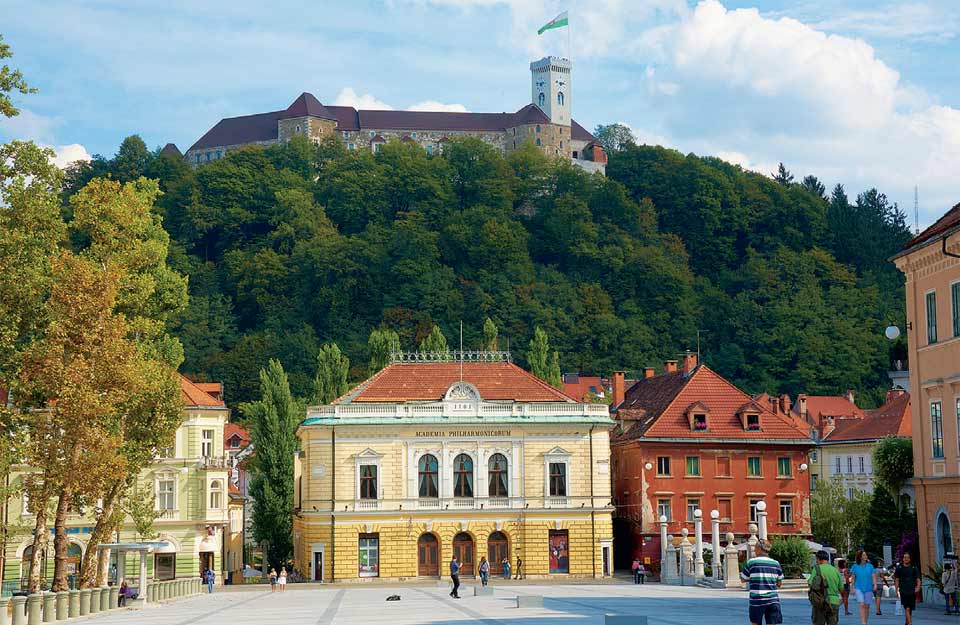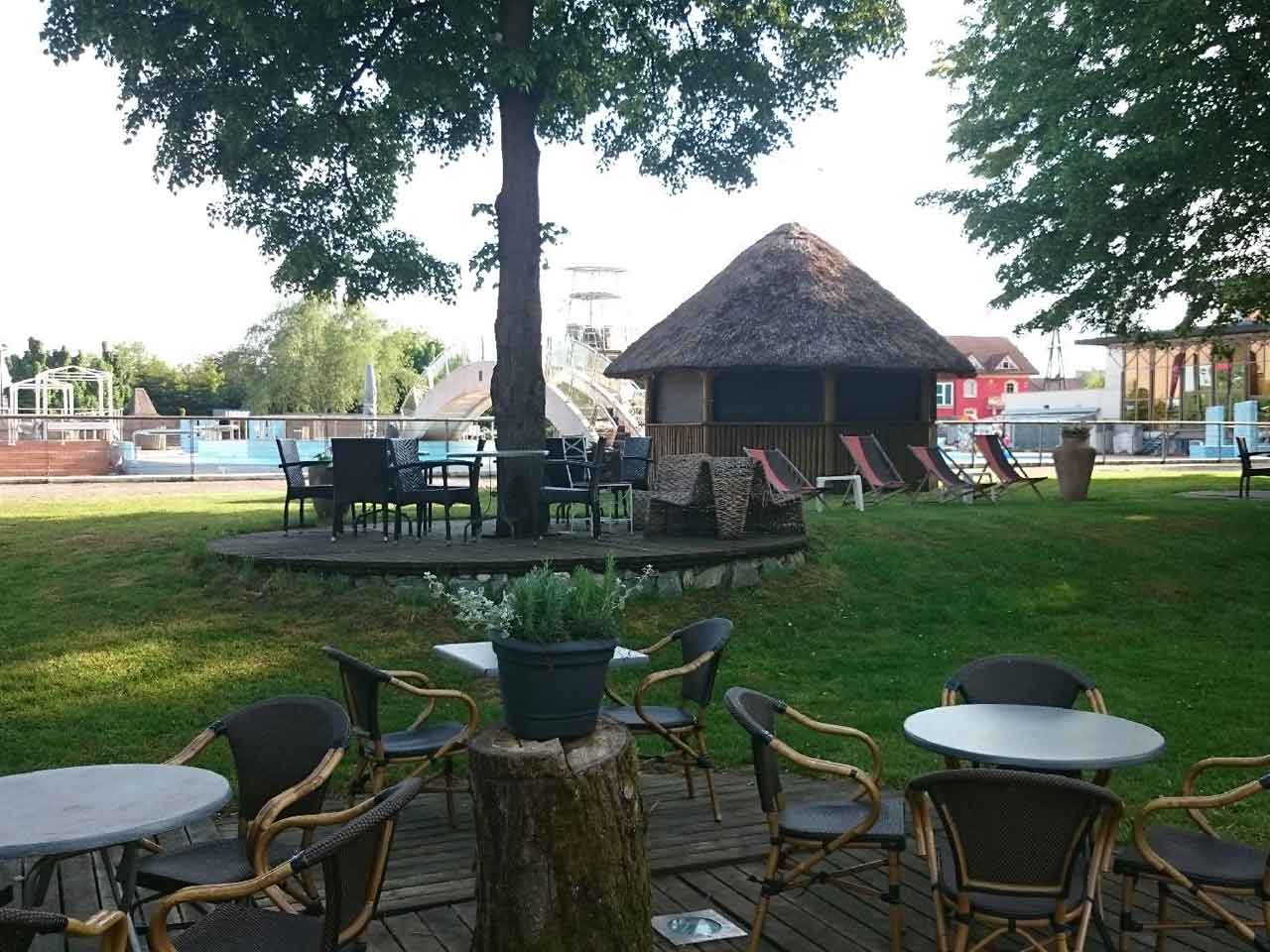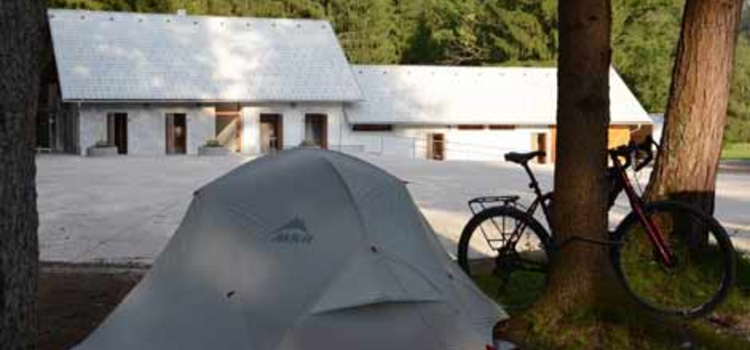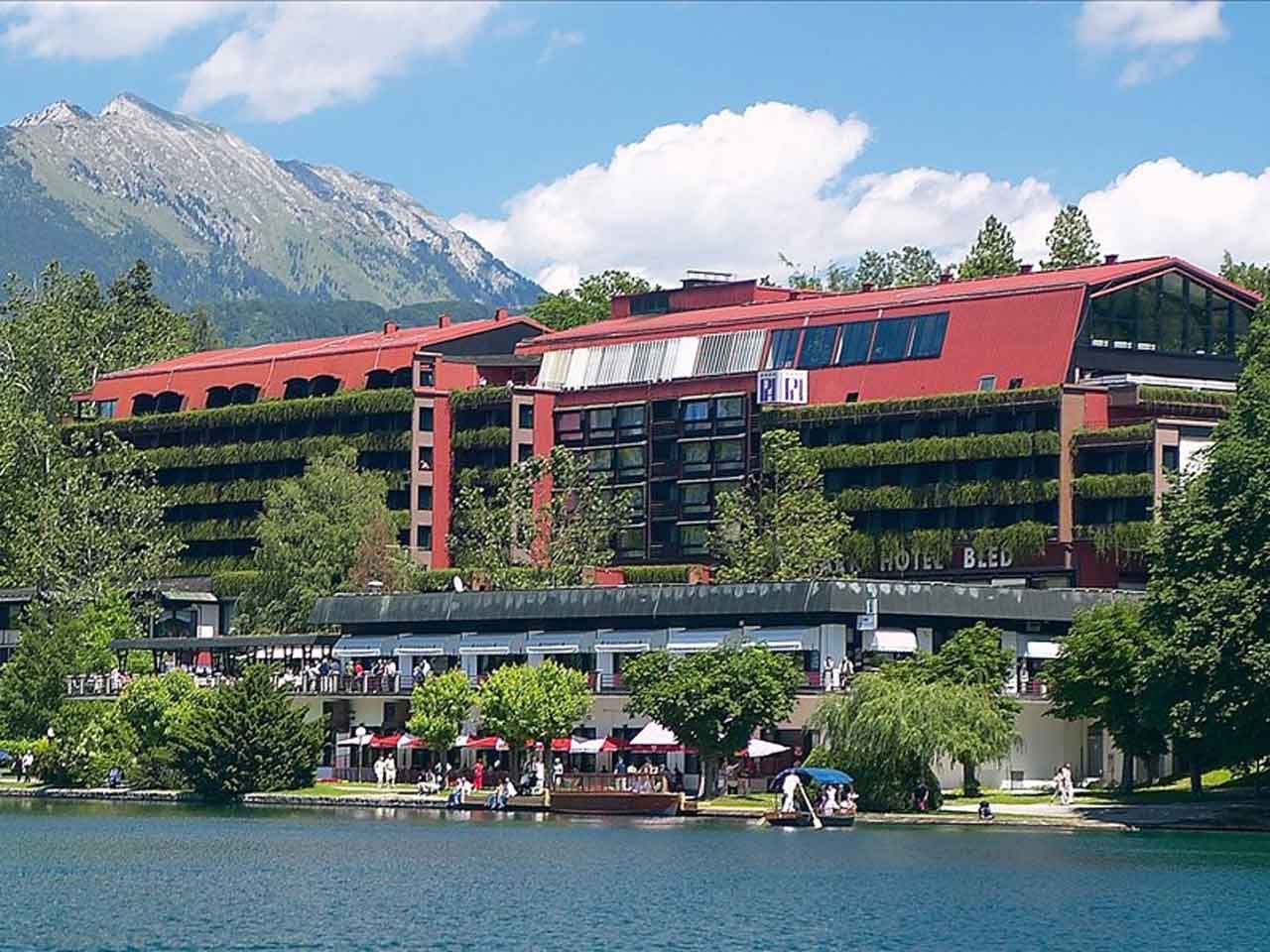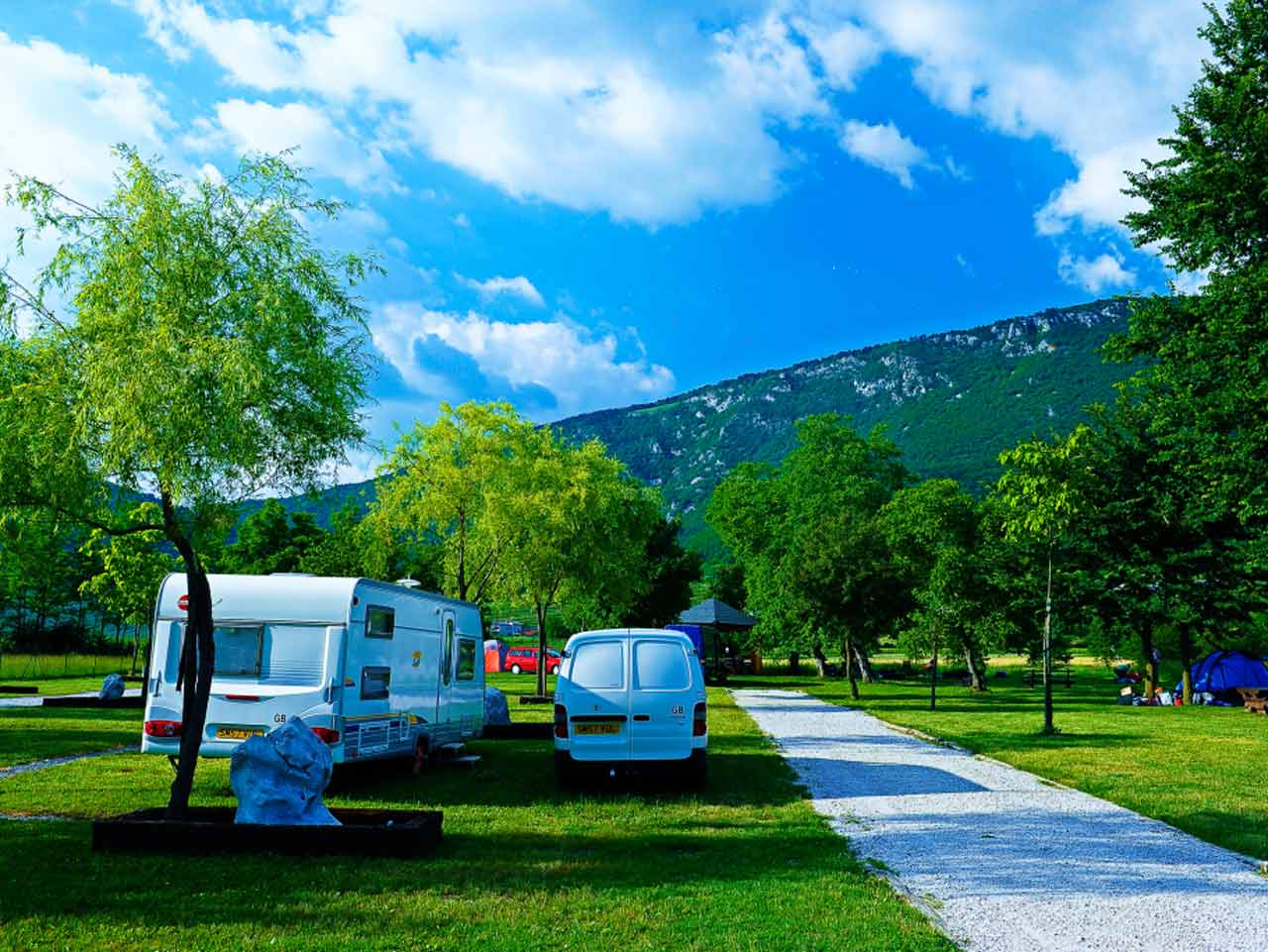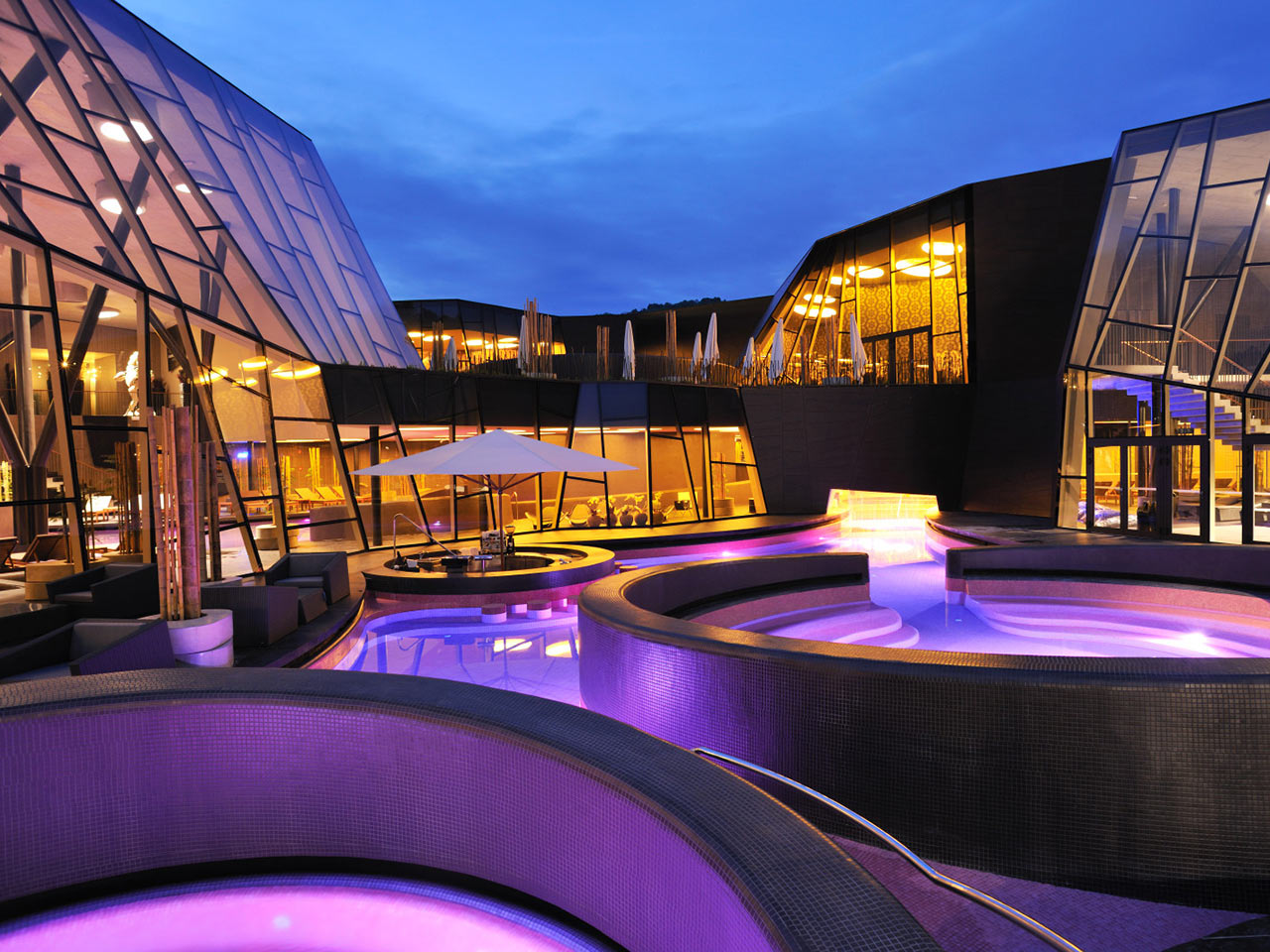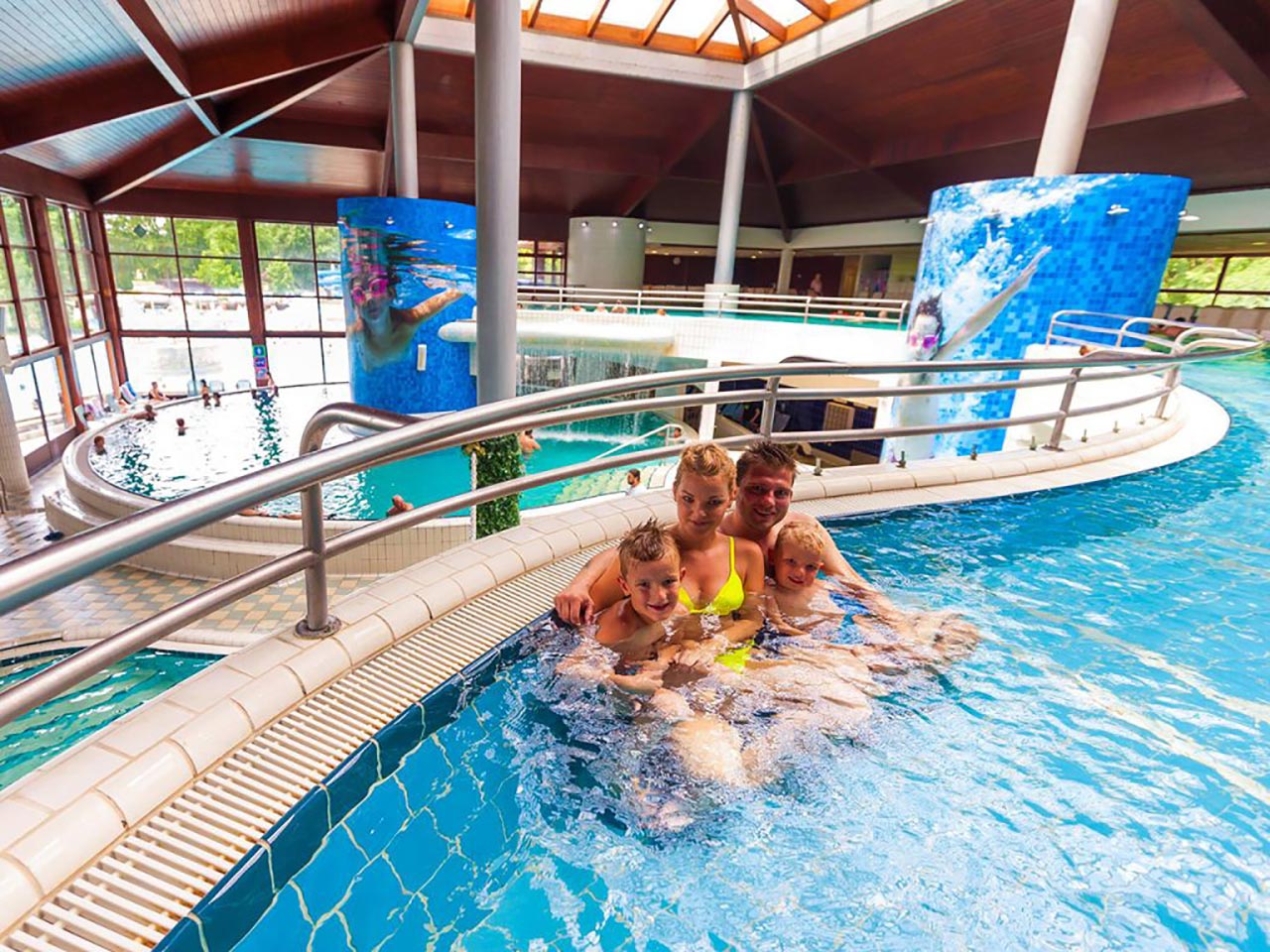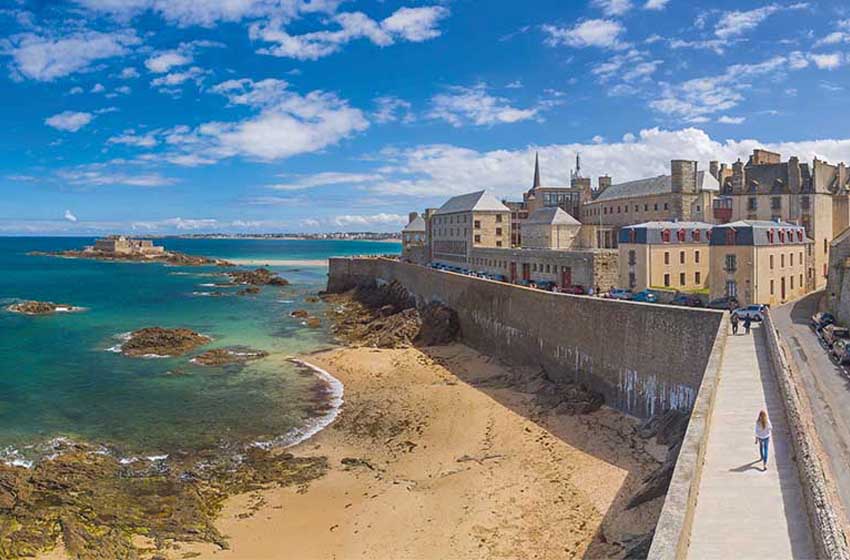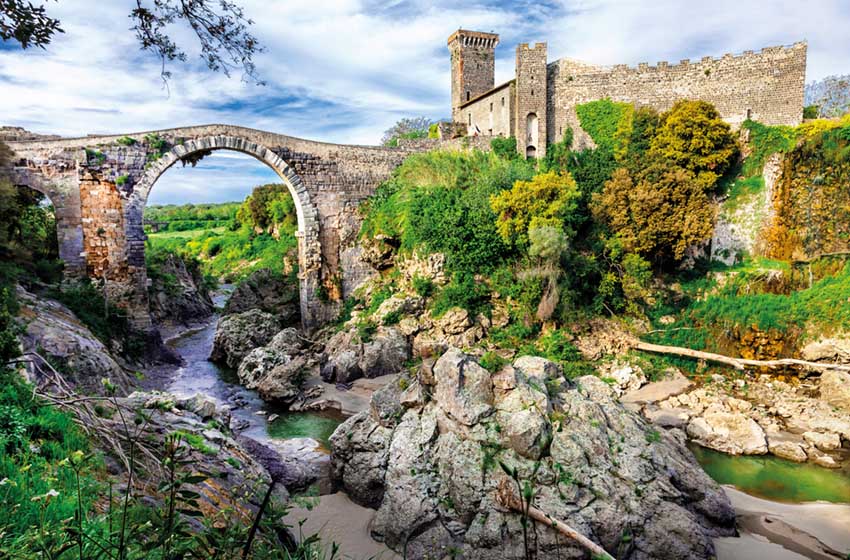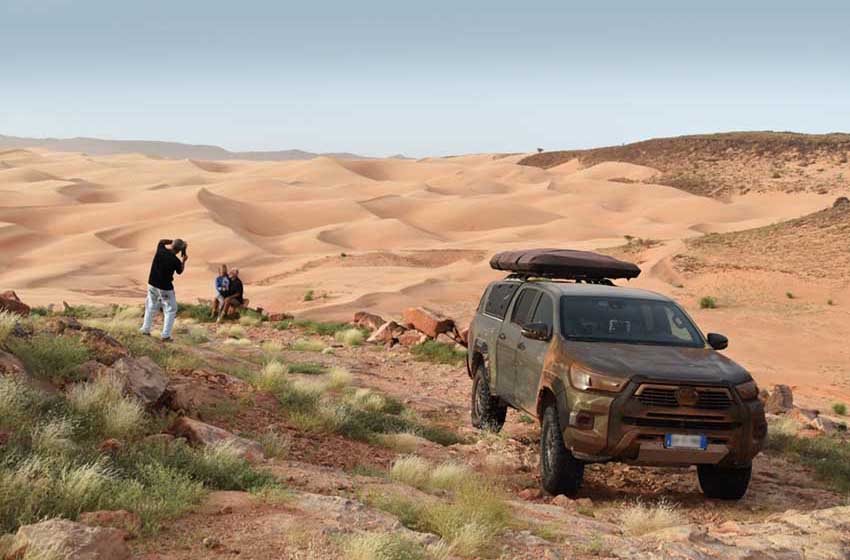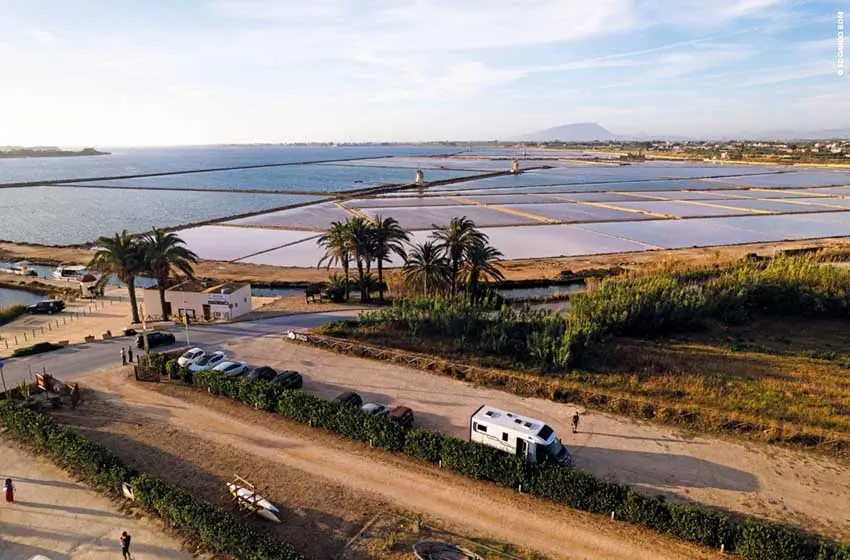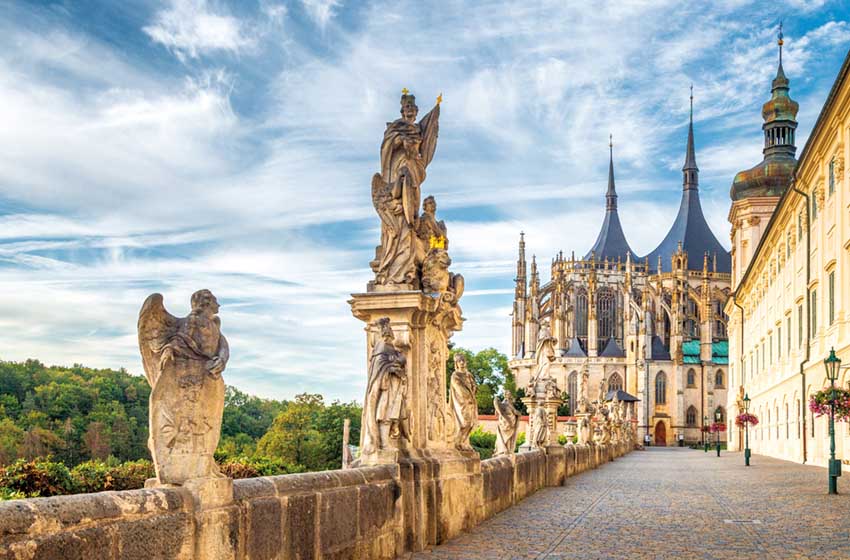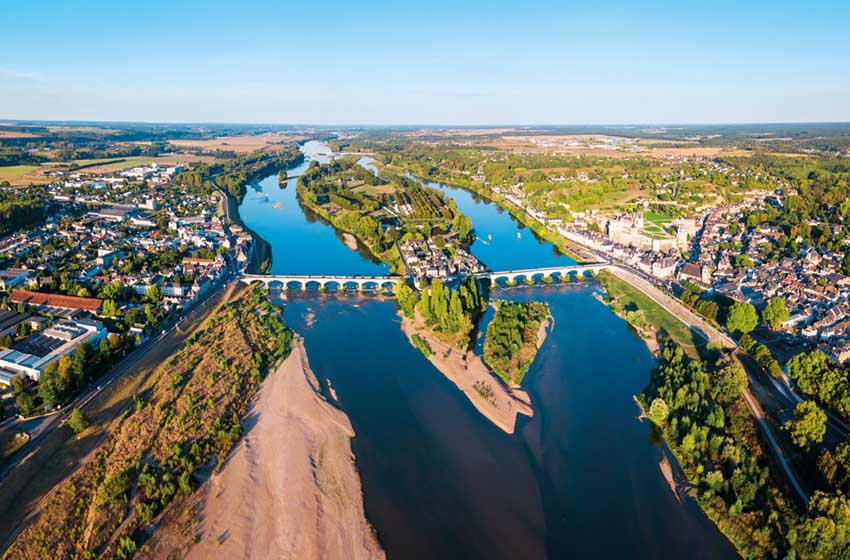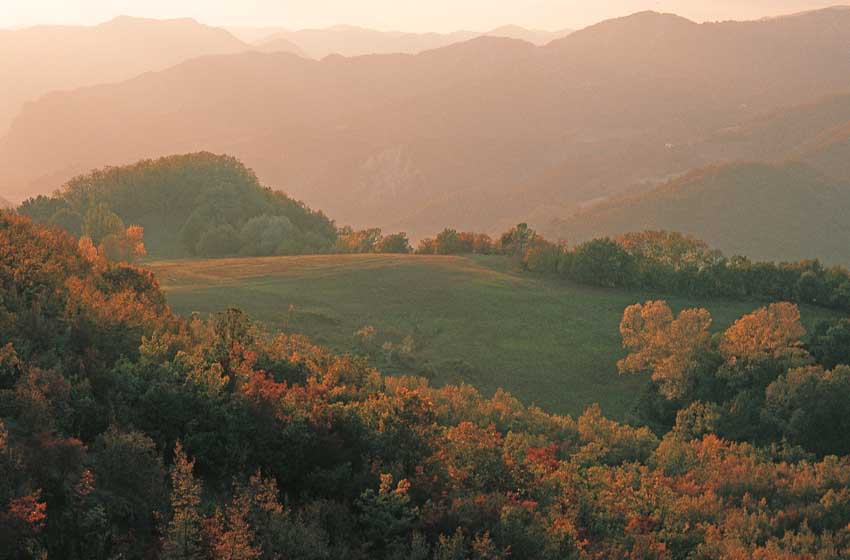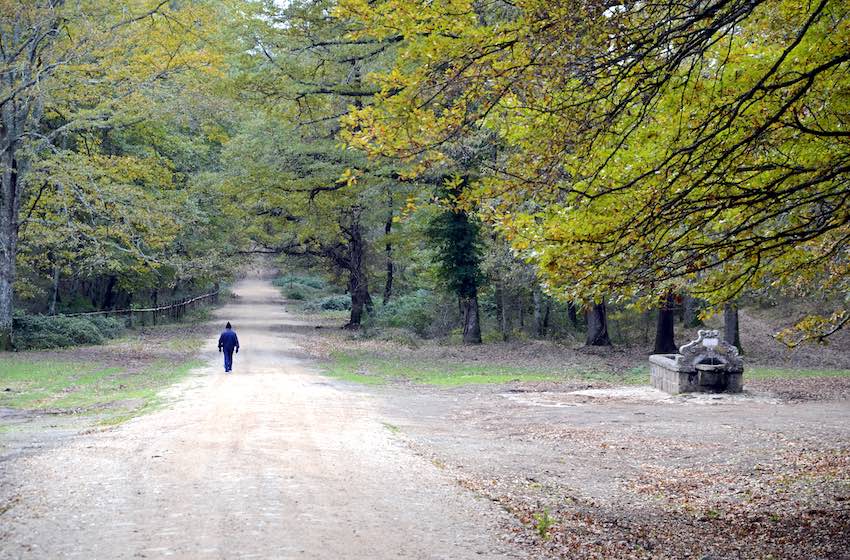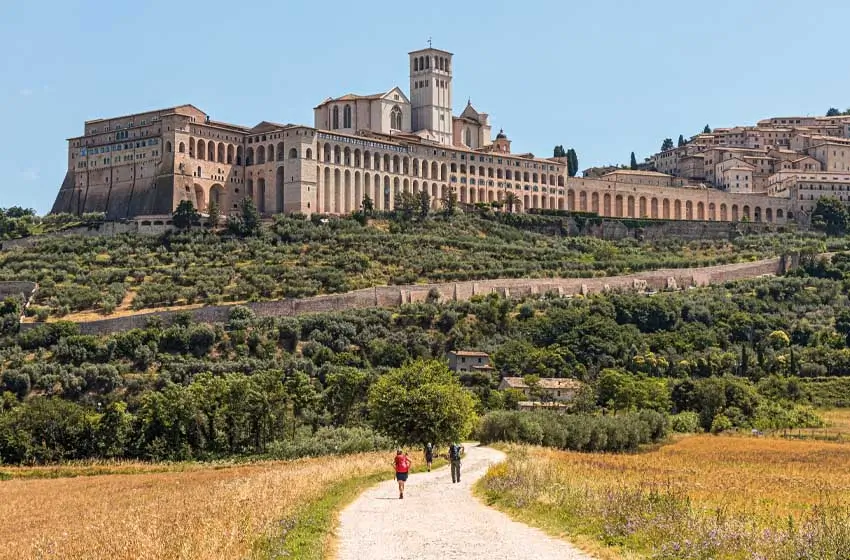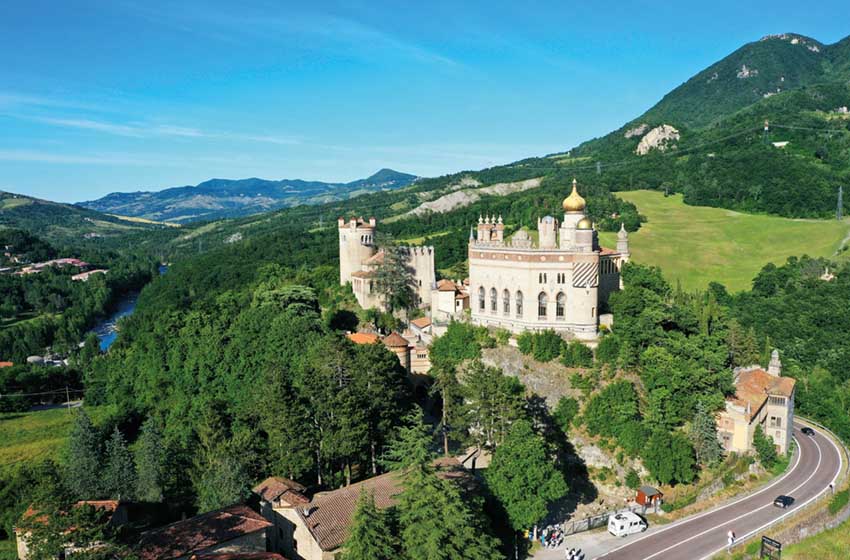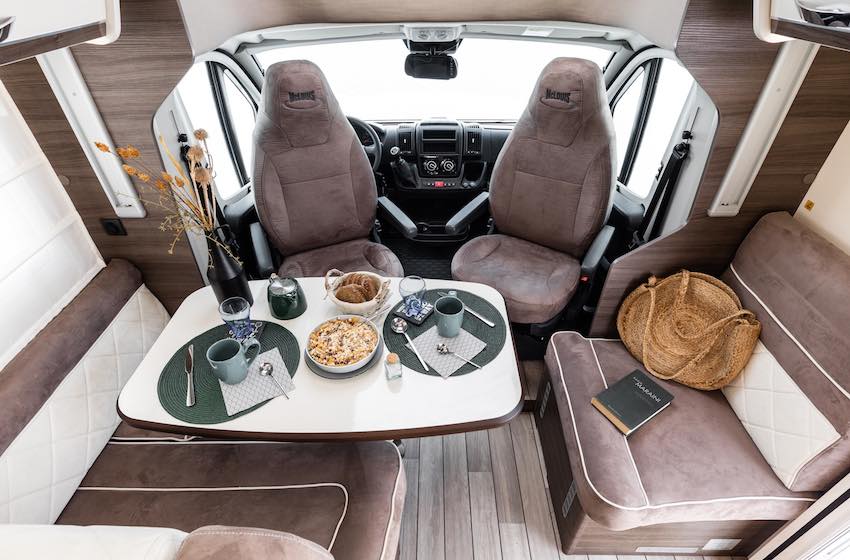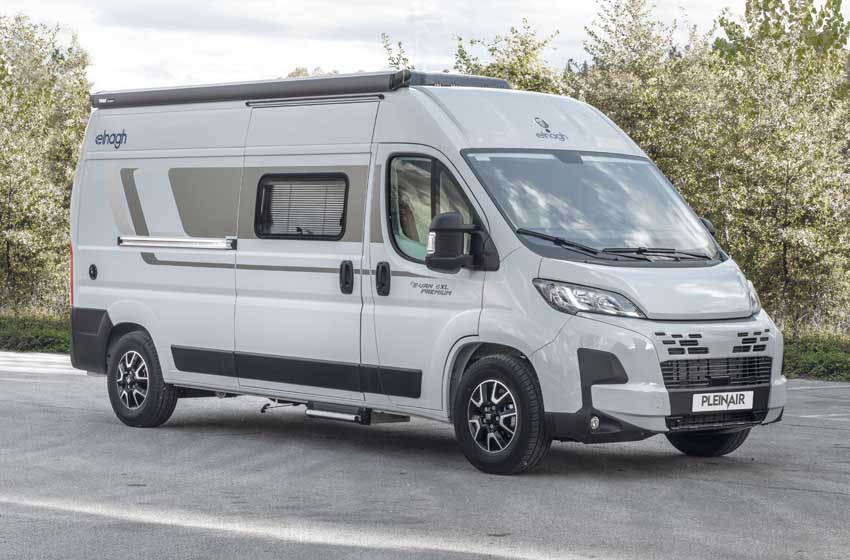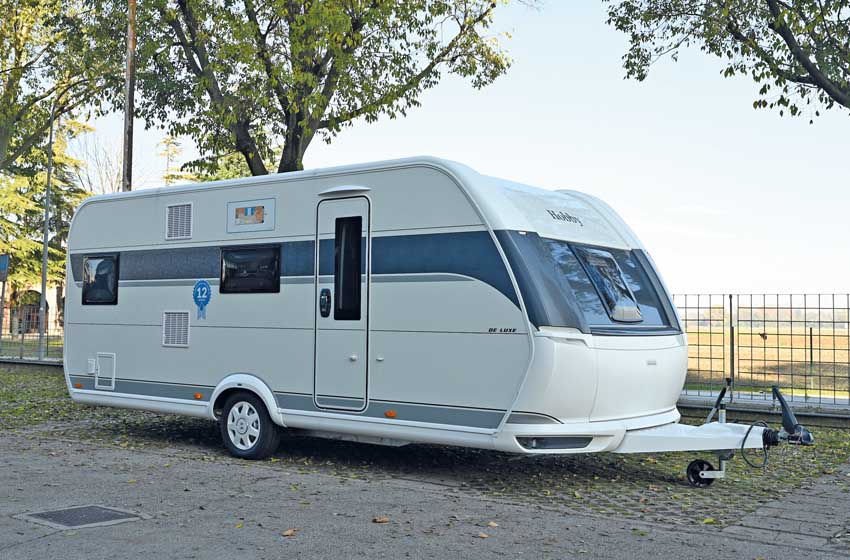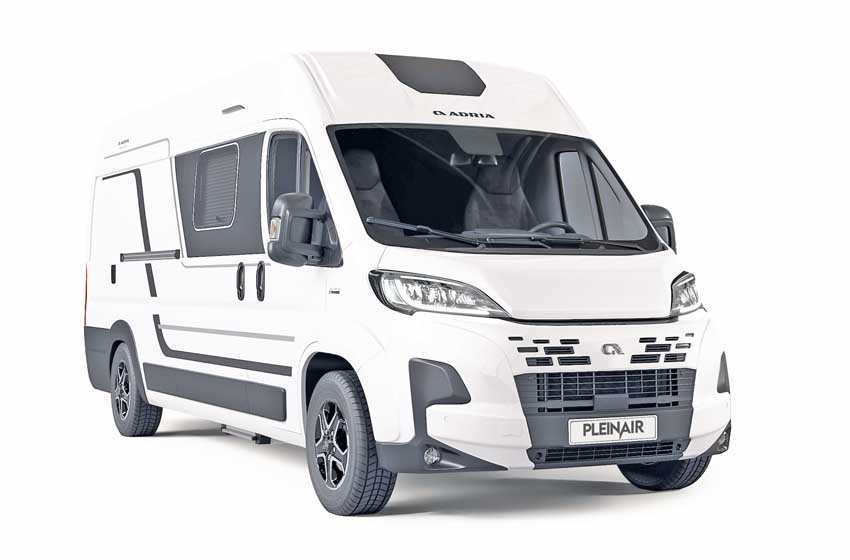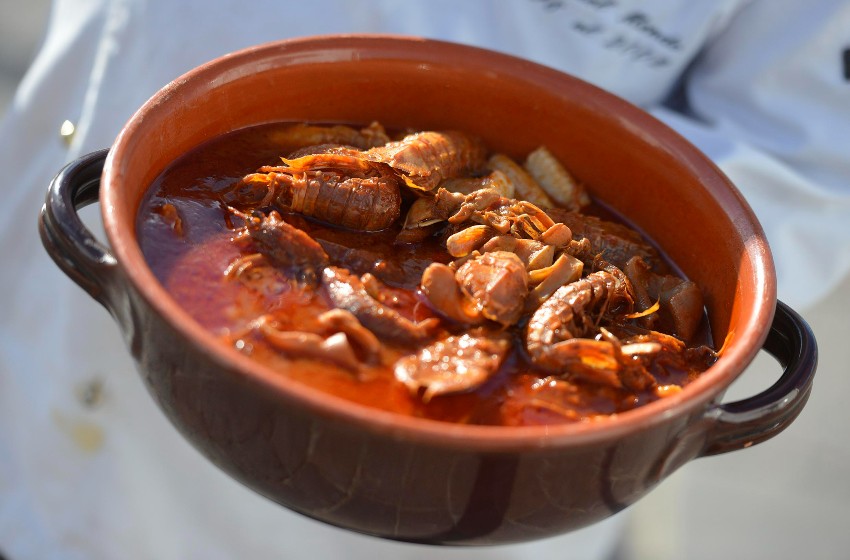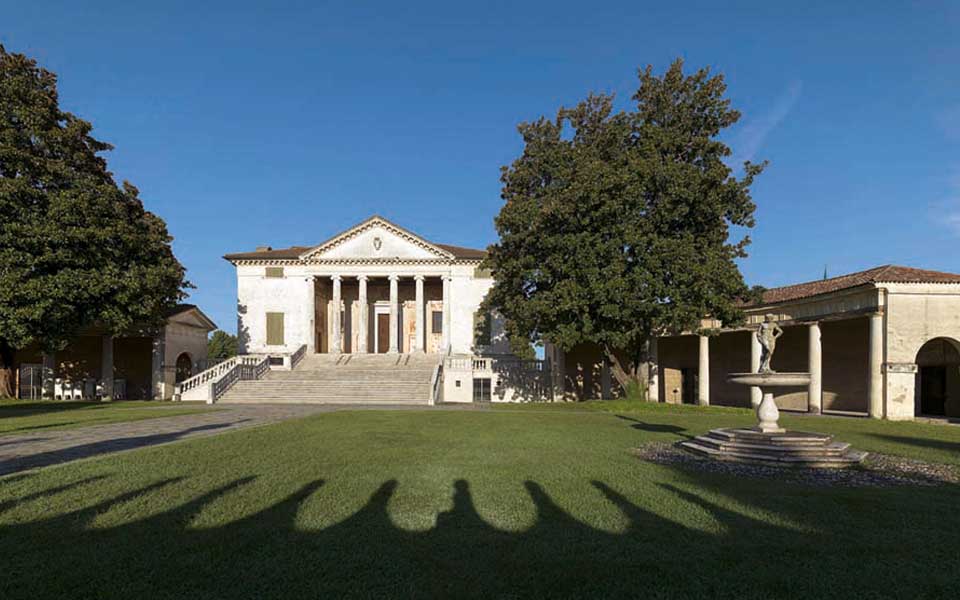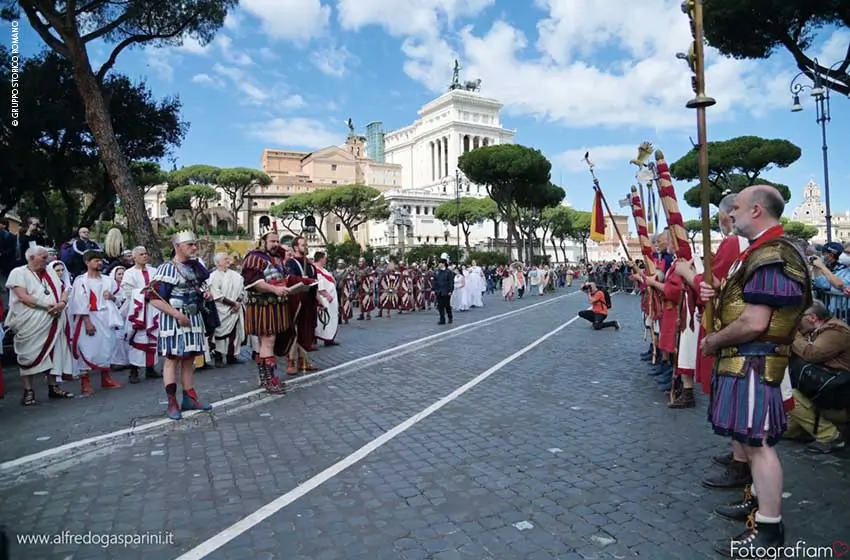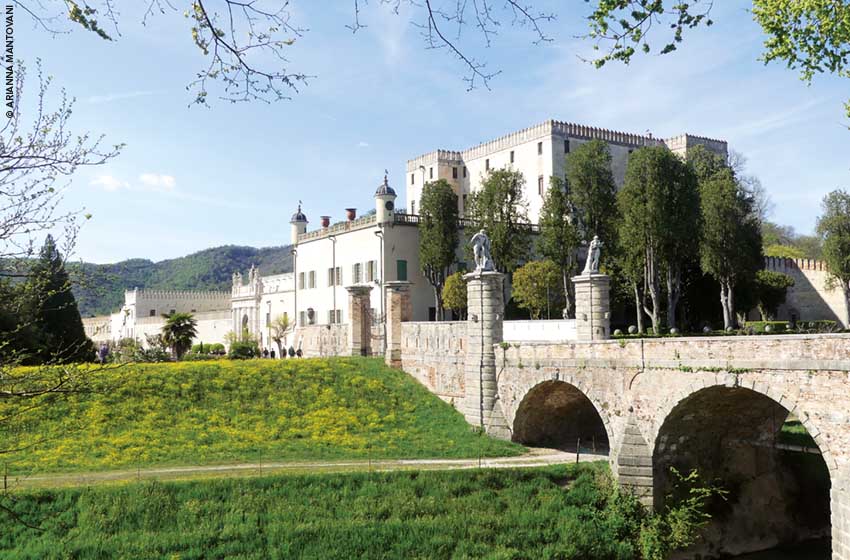Of course, reaching the Slovenian capital from Trieste is truly a walk in the park. About a hundred kilometres, almost all of which must be covered on the motorway, is the distance from the border to Ljubljana where, having overcome the whirlwind city traffic, you continue on foot to visit the historic centre. Just inside the large pedestrian area it seems like you are in the eye of the storm. Suddenly, in fact, the vehicular clamor stops and you are surrounded by a velvety atmosphere, by a silence broken only by the buzz of passers-by and the slight stirring of the leaves of the willows that surround the riverside: soft noises, almost as if not wanting to disturb the visitor.
In this singular dimension we cross the large Congress Square (Kongresni Trg) surrounded by the Zvezda park, in which the copy of the statue of the citizen of Emona is exhibited, the ancient Roman city founded here by the emperor Augustus. To complete the perspective, on three sides of the square there are the column of the Holy Trinity - erected in front of the church of the same name in 1693 to escape the danger of the plague - the austere palace of the University and that of the Philharmonic Academy, of which they were members honoraria Paganini, Haydn, Beethoven and Mahler: an overall view dominated by the green hill on top of which the castle stands. We take Gosposka Ulica to admire the façade of the National and University Library, an eccentric red brick building with karst rock inserts by the architect Joze Plecnik, a name we will often encounter because it is linked to numerous works carried out in the city in the first half of the 900th century. XNUMX.
You have to cross one of the bridges that crosses the Ljubljanica river to reach its right bank and enter the heart of the historic center. We do it by passing the Shoemakers' Bridge (by Plecnik), in memory of the artisanal and commercial activities that took place there, and the mind immediately goes to the Ponte Vecchio in Florence. The story goes that this structure was first occupied by butchers' shops who, it must be said, were displaced by the shoemakers and forced to move to a bridge a little further away. This side of the river is also crowded with tables of bars and restaurants that invite you to stop and enjoy, amidst the soft hum coming from the engines of the boats plying the waters below, the city panorama dotted with the red sloping roofs of the ancient houses.
After passing the refreshment area, we find ourselves in front of a road that divides into two sections: on the right the Stari Trg leads to the older neighbourhood, characterized by Baroque style buildings. At the bottom of the square is the Fountain of Hercules, while on the other side opens up the Mestni Trg along which we are attracted by the window of the Benedict chocolate shop: an irresistible temptation to buy the pralines, very similar to the most famous ones in Mozart found in Salzburg.
We are a few steps from the Mestna Hisa, the fifteenth-century building that houses the Town Hall: the internal courtyards, which can be accessed freely, are embellished with period frescoes and a stone well, while the rooms periodically host art exhibitions . Right in front of the entrance to the palace is the Fountain of the Three Rivers, a work by Francesco Robba who was inspired by that of Bernini in Piazza Navona in Rome. The large basin is surmounted by an obelisk at the foot of which the three Carrara marble statues allegorically represent Ljubljanica, Sava and Krka, the Carniolan rivers. The monument (the original is exhibited in the national gallery) heralds the baroque cathedral of St. Nicholas, with its twin bell towers and imposing dome.
The main and side entrances to the basilica are protected by two large, recently built bronze doors, which respectively depict the history of Slovenian Christianity and portraits of 20th-century Ljubljana bishops. Inside you are struck by the majesty of the monumental organ and the rich frescoes, the work of Giulio Quaglio, which entirely cover the vault.
We move to nearby Vodnikov Trg, the large square occupied by the central market - also the work of the omnipresent Plecnik - in which, with the exception of Sundays and public holidays, it is possible to find all Slovenian specialties as well as the most common foodstuffs. From here we reach Tromostovje, the famous and scenic Triple Bridge. Originally the two banks of the river had a single connection used exclusively for vehicular transit; It was again Plecnik's idea to also give access to pedestrians, adding two other passages slightly divergent from each other alongside the primitive rectilinear structure.
Today, with car access prevented, the triple passage has become exclusively pedestrian, fully restoring the beauty of this unique architectural project in the world. Crossing it and looking back you will notice, on the bank you have just left, the stone colonnade that protects the covered market dedicated solely to the sale of meat and fish. We thus end up in the busy square named after France Preseren (Presernov Trg), the nineteenth-century poet who wrote the national anthem; behind it is the church of the Annunciation, with its characteristic reddish façade, which once again takes inspiration from Italy, recalling the basilica of Santa Maria Novella in Florence.
We go up the left bank and after zigzagging among customers and tourists we reach the Ponte dei Macellai, whose ancient destination is remembered by a statue that seems to us to be of dubious taste. A little further on we find ourselves in front of the Zmajski Most or Dragon Bridge, the first reinforced concrete construction in the city, decorated at the four corners with winged figures of the legendary animal, which has become the symbol of Ljubljana. According to the mythological story, after the theft of the Golden Fleece Jason reached the source of the Ljubljanica river and, having defeated the dragon that protected it, founded the city there.
All that remains is to visit the castle, our last stop in the city. Its documented origins date back to the early 1100s, even if the hill was inhabited in more remote times. The current configuration of the fortress is the result of renovations and additions of new bodies such as the panoramic tower built in 1848. To reach the fortress there are three possibilities: on foot along one of the paths, with the tourist train or with the funicular. After crossing the drawbridge we cross the vast courtyard dedicated to various art shows and reach the top of the tower via a dizzying spiral staircase. The panorama is truly grandiose: from each of the four sides we can gaze across the entire town and can clearly recognize the places we have just visited.
We cannot complete even a brief understanding of Ljubljana without taking a boat ride under the illuminated bridges. Around them the characteristic clubs overlooking the river offer live music and become a source of attraction for the city's youth who, as in every European capital, enliven the nightlife. It is the last image that captures our gaze before returning from this short Slovenian excursion in which we discovered a capital on a human scale, reachable in a short time and at any time of the year, to spend a truly different weekend.

